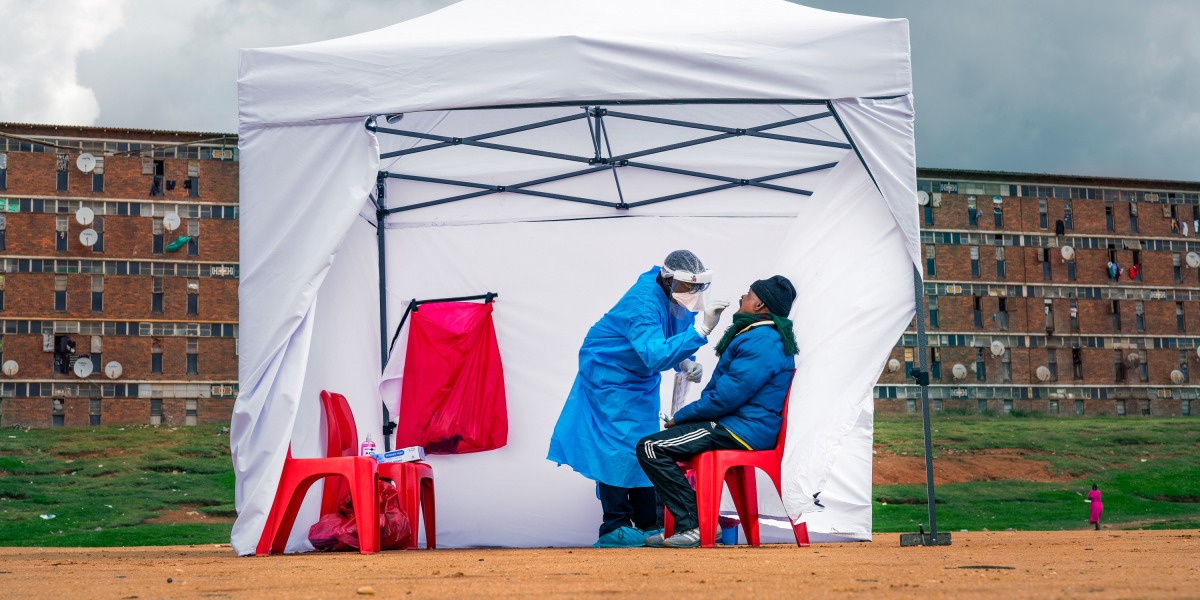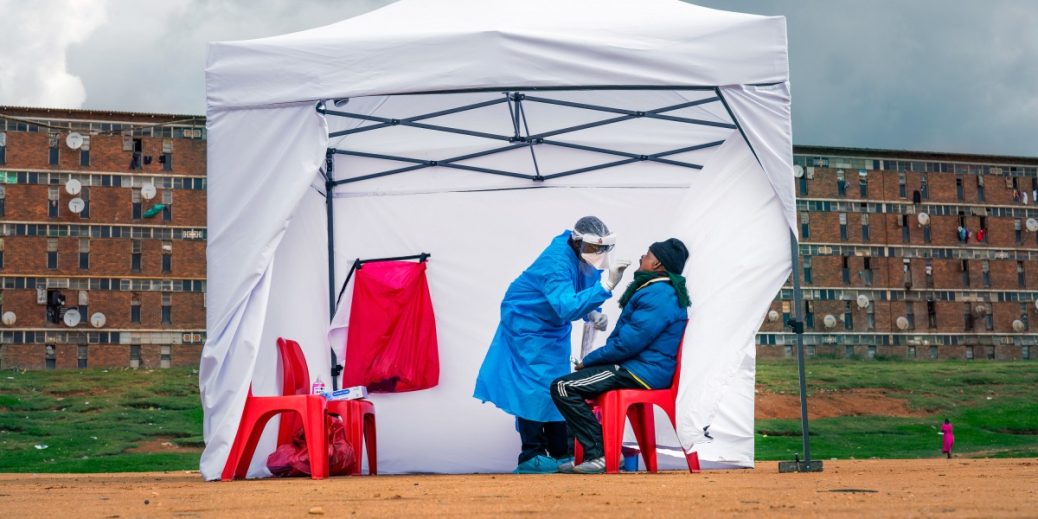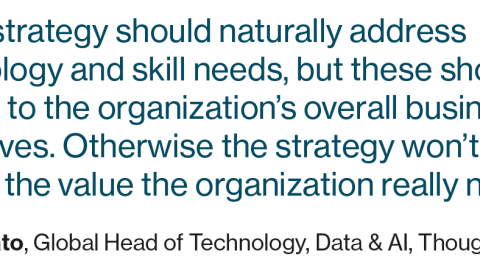
To support MIT Technology Review’s journalism, please consider becoming a subscriber.
In addition to monitoring shortages, BroadReach tracks individual patients across more than a thousand clinics in several African countries, monitoring whether they are getting the treatment they need as well as continuing to follow it. Clinics already do that, but Vantage also uses machine learning, trained on hundreds of thousands of anonymized clinical records and social data, to identify people who are likely to drop out of treatment and suggest that health care workers check in with them proactively.
The Institute of Virology Nigeria used Vantage in 2021 to predict which of 30,000 people being treated for HIV across three sites in Nigeria were at risk of stopping their medication. The tool found that 91% of those who received a call or visit from a health care worker as a result were up to date with their medication, compared with 55% of those who had not been contacted.
According to BroadReach, health care workers at a number of HIV clinics have said that the tool helps them maintain closer relationships with their patients by helping them focus on those most in need of intervention.
The so-called developed world
BroadReach now wants to make its software available in the US. “Right around the time covid hit we sort of woke up to realize that a lot of quote-unquote developed-world health systems weren’t that great, and large swaths of the population were being left behind,” says Sargent.
BroadReach is involved in four pilot projects with US health care providers and insurers. In one, it tackled low rates of vaccinations in parts of Colorado by using machine learning to predict where vaccination sites should be set up and which communities should be canvassed. Local health officials had assumed that resources should be focused on urban areas to vaccinate as many people as possible. But Vantage revealed that focusing on low-income rural, minority communities would have a greater impact.
BroadReach is also working with an insurer in California that sees significant disparities in the way people in various groups keep to a treatment regimen of statins, drugs used to treat high cholesterol. By looking at the data, BroadReach wants to identify potential explanations for what the insurer is finding. Some communities have poor transport links to clinics, which may stop people from visiting their doctors to update prescriptions. Others simply have a longstanding distrust of the health care system, says Sargent.
Eventually he wants to see Vantage predict risk factors for individual patients. For example, for a Spanish speaker who does not live near a clinic, the software would recommend that the insurer provide a Spanish-speaking social worker and a voucher for a taxi, he says.
But it’s difficult to get hold of the data needed to train AI to make such predictions accurately. In the US, health care data is typically not shared between providers. Sargent says BroadReach is getting around this by combining medical records with socioeconomic data, such as people’s ZIP codes and credit histories. “We have partnerships with consumer data companies, because you can tell a lot about a patient if you know their patterns of behavior and what conditions they live in,” he says. “We stitch all of this together to get a view of an overall population and a view of each patient.”
How people feel about this kind of surveillance will depend on what benefits it actually brings them. A range of bodies—including credit companies, hiring agencies, the police, and more—already use the socioeconomic data BroadReach draws on to predict the likely future behavior of individuals. Biases in these systems have rightly led to strong pushback from civil rights groups.
Government proposals to share medical data in several countries have generated backlash, including in the US, the UK, and Australia, says Nicholson Price, who studies legal and ethical questions around the use of personal data at the University of Michigan. But that hasn’t stopped companies from combining medical and consumer data. “Companies have been doing this for several years, just at a lower profile,” says Price.
“There’s a sense of resignation that it’s happening and we appear to have no ability to stop it,” he says. “That said, maybe there’s a silver lining that some good stuff will come out of this, too, instead of just being advertised at and manipulated.”





Recent Comments